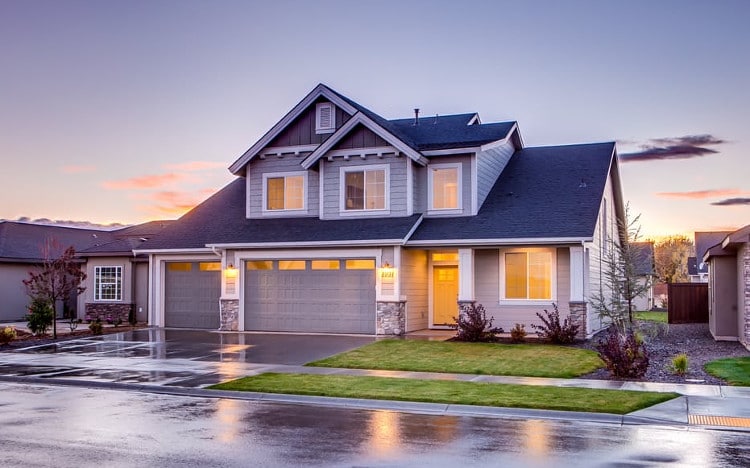
According to ActuatorZone, linear actuators have become increasingly integrated into different technological innovations, including home automation. But you need to select various models of actuators carefully. Conversely, you need to take into consideration elements such as the technology that will be used. The platform for home automation always comes first then followed by the sensors and actuators that will be used. And the final step mainly includes the board and cases building.
The choice of an interface is indeed important, and thus while constructing the platform, it is best to decide on the greatest choice of interface. Primarily, an interface provides a link to the physical world that is the sensors and actuators. A control system is needed to help run and regulate the functionality of the entire home system. Arduino is often recommended as a suitable interface, but its use is limited in some instances. For instance, if the projected system is small and the home automation’s system devices are connected to the Internet, Arduino alone cannot be the solution. The necessity of a control system should not be ignored mainly because of the need for the different modules, software and interfaces to work in sync.
The phase that involves actuators and sensors is not as complicated as it is sometimes made to be. First of all, sensors and actuators offer more compatibility because they can be interfaced with many platforms. It is, however, advisable to always use elements and components that have been used before. This makes reinventing the wheel easier, and you can quite easily find compatible and exceptional components such as libraries and save your precious time. Currently, in the field of technology, people do not focus on creating new knowledge as they did before but on reinforcing the already existing one. In home automation, temperature, relay, humidity and motion are the only parts that have been widely recommended for automation.
Once the sensors and actuators are interfaced with the platform, the next step involves connecting some equipment. For connection purposes, the wireless solution, Wi-Fi, in particular, is often the most recommended for home automation. This recommendation is indeed the most preferred if you are required to have modules integrated and connected with the Internet. Aside from Wi-Fi, one can also use XBee, RF or Bluetooth. But these are local and thus not preferred when an Internet connection is highly required. An Ethernet is also an option, but it is discouraged mainly because of the issue of having many cables running in one’s house.
There are mainly two types of interfaces exist in the present home automation world. The first one makes use of a central unit whereby all the modules are connected to a running interface. Whereas, the second type is quite different and is structured in a way that allows the various modules to send their data to a closed-based service. For the former model, web-based interfaces that are developed using the HTML markup language and JavaScript are considered to be the safest ones to use. You can also consider custom applications that are developed using the Python language. On the other hand, the latter type makes things easier as it allows you to run your system remotely by using services such as Xively or Carriots. The other merit for the second type is that you do not necessarily have to code or develop the interface themselves. However, its reliance on Internet connectivity is its downfall because once it fails, insecurity issues become a reality.
A large number of home automation companies are preferring open source Arduino boards when developing their solutions. Building a home automation system with an Arduino board is indeed easy and offers a cost-effective option to get the advanced experience.
So you need to pick a wireless connectivity source like Wi-Fi or Bluetooth, programming platforms such as HTML, JavaScript and Python and an open source hardware like an Arduino board to build your home automation. Moreover, this combination provides you a value-for-money package to automate tasks at your home.
















































































[…] systems, others, buoyed by their pocket size would go for single-room or device automation. Whole-home automation systems are indeed expensive and also complex to set up. However, on the plus side, they can help […]
[…] criterion for selection of the best home automation device is by its standards. The features to consider before settling on the device include its ability to […]